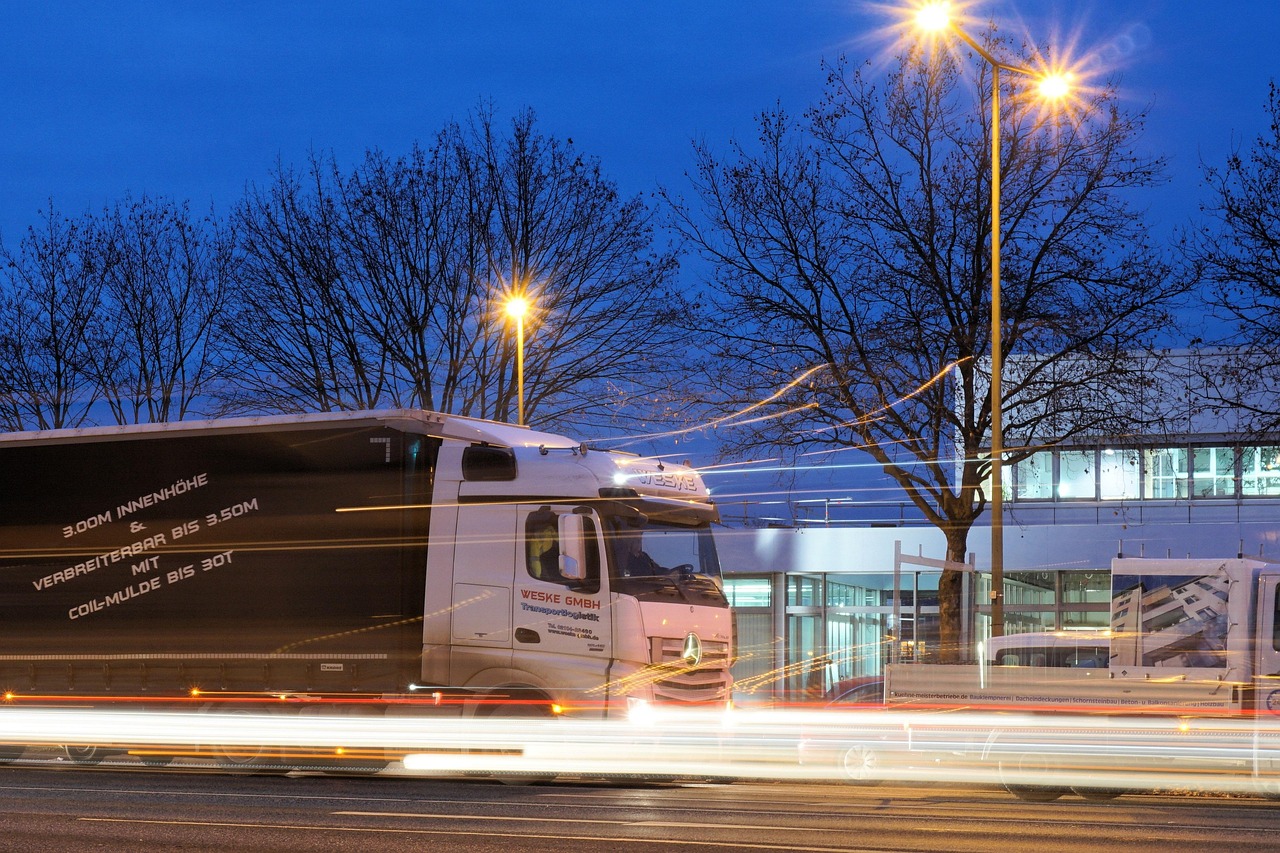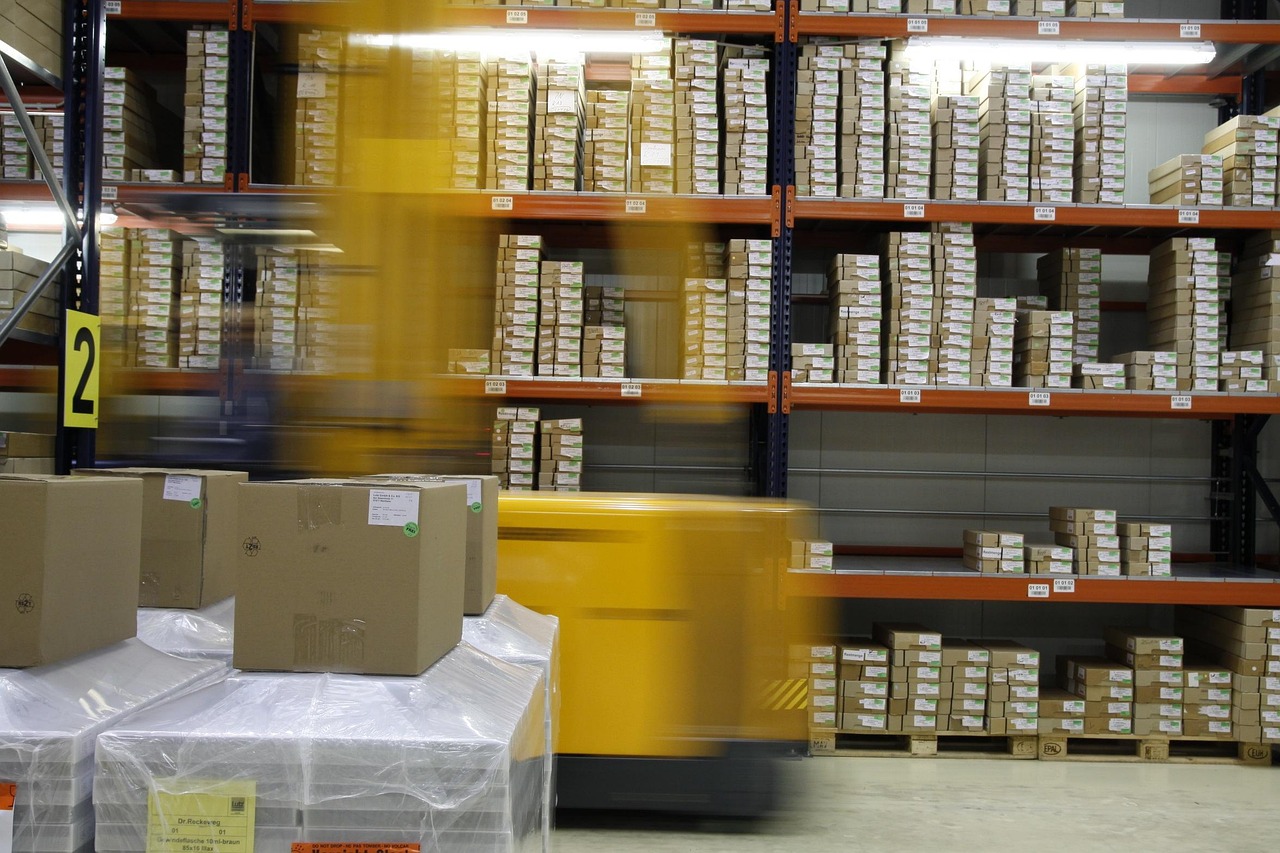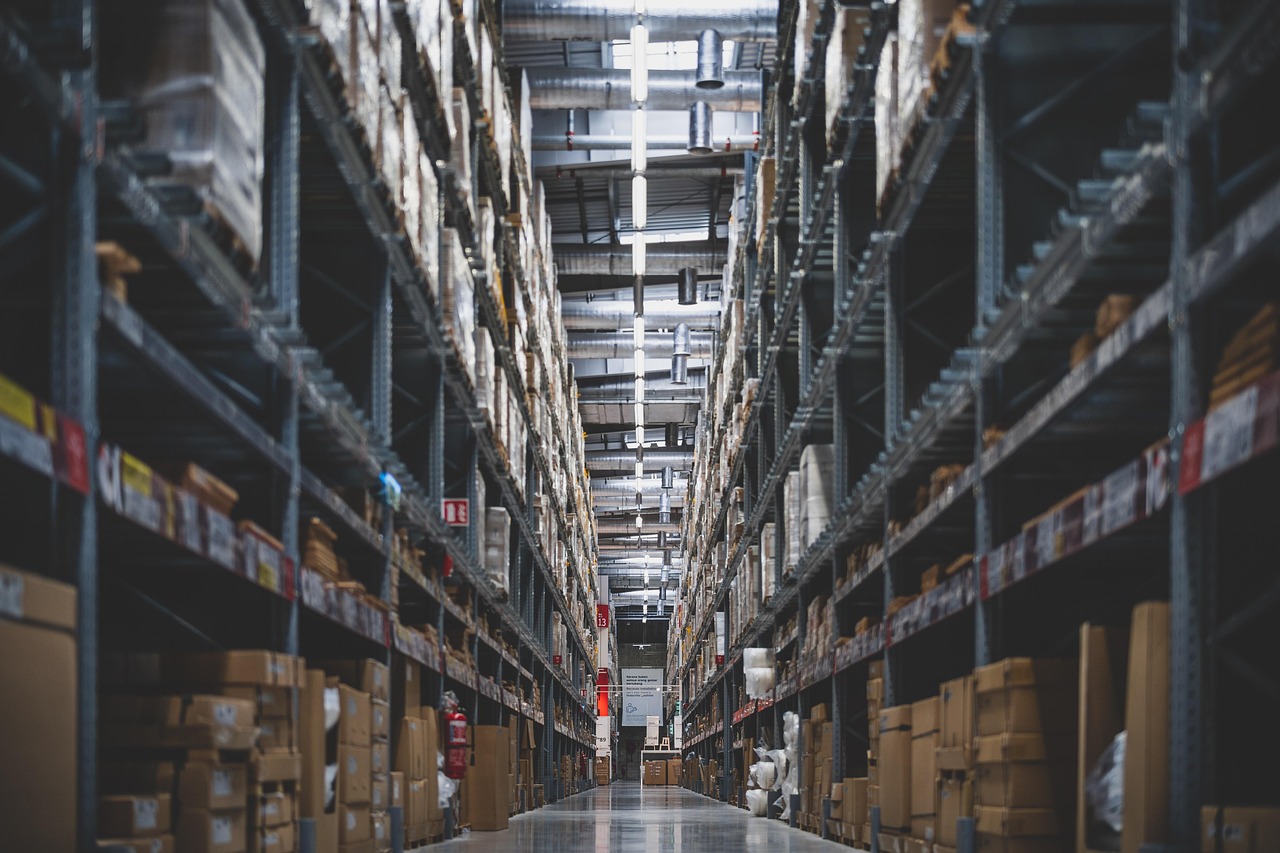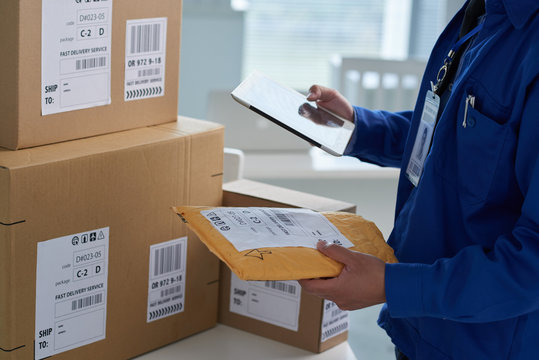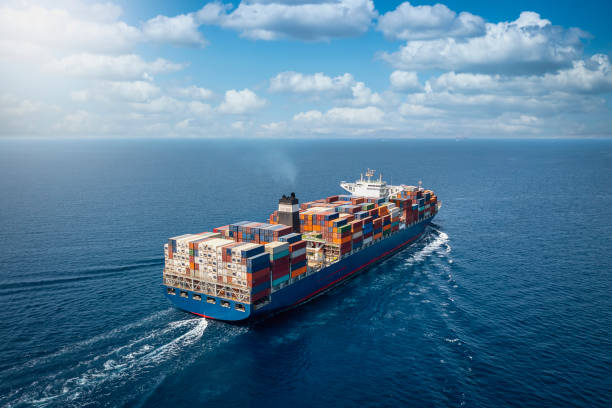Estimated reading time: 6 min
Do you have a ecommerce growing? Surely you have experienced the evolution that the sector has been experiencing; but do you know what the positioning of this industry has been like in Latin America? Here are the most important facts, figures and aspects of the sector in which you operate, considering, among others, the increase in the number of online buyers, the participation of ecommerce vs. retail and the impact of COVID, a phenomenon that, for sure, Latin America and the world will not forget.
At its best! This is how we can describe the phase that the ecommerce in Latin America. With accelerating growth, It is considered one of the most dynamic sectors in the region, a behavior generated mainly by the pandemic and the change in habits it produced among buyers, to which is added the high number of internet connections, which, according to studies by ECLAC, reached 74% by 2020, a figure that, although lower than that of North America (88%) or that of Western Europe (92%), has reflected important advances that today make Latin America a territory with more people who interact on the network and generate a greater number of purchase transactions and sale.

8 TIMES, what we need to grow in LATAM to match the e-commerce retail penetration of giants like China
According to studies by Statista (a firm specializing in market and consumer data), over the past few years, Latin America has experienced a progressive growth of buyers per ecommerce, registering a total increase of 23 points between 2019 and 2020 (267 million buyers for this last year), 55% more than the global average, which for this same period of time, stood at a total of 15 points. It is expected that by 2024, the number of people who buy products and services online will grow by an additional 31%, reaching 351 million users across the region.
The previous behavior registered its greatest acceleration as a result of the confinement measures generated by the COVID, which took consumers away from traditional face-to-face purchases, accelerating digital transformation and the positioning of ecommerce.
.png)
During 2020, Latin America was the second fastest growing region in the world in ecommerce, Something very positive for companies with digital channels! Revenues from sales through technology platforms grew by 30.6% compared to 2019, representing revenues of USD 83.63 billion. The first region in sales growth was (1) North America with 33.5%, in third and fourth place were (3) Western Europe and (4) Asia-Pacific with 11% and 6.1% respectively.

If we analyze the above data a little more, we can make a better comparison between the two regions with the highest growth. In doing so, we see that during 2020 sales in North America (USD 749,000 million) were 9 times greater than those in Latin America (USD 83,630 million), which is not attributed to the number of population in each region, since North America has a smaller number of inhabitants, but to other causes such as internet penetration, which for the Latin American case is 14 percentage points lower (88% vs. 74%), as well as to the lack of of development in terms of technological infrastructure, banking of the population and last-mile logistics, which years ago had greater delays in Latin America, which slowed down the development of this sector; to this, there is also the cultural issue and the lack of trust of buyers in payment gateways and pages of ecommerce because of the fear of fraud, which has been a decisive point in online shopping and an aspect that has undoubtedly been improving in recent years. As for the average annual per capita expenditure, during 2020 it was USD 132 in Latin America and USD 2,080 in the North American case for this same period of time.
As an important fact in this global scenario, it is worth highlighting the presence of China. Did you know that it is the market of ecommerce largest and fastest growing in the world? Its sales reached USD 826.6 billion in 2019 and approximately USD 990 billion in 2020. The Asian country records sales 1.3 times higher than those in all of North America and 11.8 times those of Latin America, How are you! Without a doubt, we are dealing with an e-commerce giant from which we can learn many lessons for our region about good practices in ecommerce. In 2020, online sales accounted for 44.8% of total retail sales to the country, a figure that by 2021 is expected to reach 52.1%. For the first time in the history of the world, the majority of sales in a country will be made through the digital channel!

Now we present to you our Top 5: Main ecommerce economies in the region
Among the most representative countries of ecommerce, we will talk about those who reported the best growth rates in terms of sales, as well as the characteristics that led them to be in this top 5:
Top 1: Like the market for ecommerce largest in Latin America we find Brazil, Who during 2019 reported sales of USD 27 billion. For 2020, it was the country that grew the most in the number of online shoppers, registering 7.3 million new consumers who made their first purchase through online commerce during the pandemic, as a result, the percentage of purchases per ecommerce grew by 60.9%, while the penetration of online sales in total retail sales was 8% in the country of samba.
Top 2: In second place in our top is Mexico, with a total of USD 22 billion in 2019 and 316 billion Mexican pesos in online sales during 2020, it is one of the countries with the greatest evolution in this field. Compared to 2019, purchases made by Mexicans through the channel ecommerce grew by 81% during 2020, representing 9% of the total retail sales generated in the country, as revealed by the Online Sales Study carried out by the AMVO.
Other representative figures indicate that 2 out of every 10 companies in ecommerce had an expansion of more than 300% in 2020. For this year, it is projected that in 19% of companies in the sector in Mexico, online sales will represent more than 30% of their total sales (AMVO).
Top 3: Still on the list, Argentina It is in third place in terms of growth, in 2019 online purchases generated USD 8 billion in the country, which translated into 1.9% of the nation's GDP. According to estimates by the Argentine Chamber of Electronic Commerce, in the South American country, around 1.3 million people started making purchases on the internet during 2020, representing a growth of 39% for their channel ecommerce during this period, where its sales accounted for 3.6% of all retail sales.
Top 4: In this position we find Colombia, which for 2019 recorded a total of USD 7 billion in sales, representing 2.27% of its GDP. For Colombians, the ecommerce became a key tool for supplying their homes. As for 2020, online sales grew by 53%, a fairly positive figure considering that during this same period, traditional commerce had a 6% drop in sales, according to estimates by the Colombian Chamber of Electronic Commerce. As for the penetration of ecommerce vs. retail In 2020 it is 2% according to Dane data.
Top 5: Chile It is the fifth market in ecommerce The largest in Latin America, its sales for 2019 reached USD 6 billion, which represents a growth of 37% compared to the previous year, according to data from the Santiago Chamber of Commerce, which represents 2% of its GDP. For 2020, the Chilean region registered an increase in sales made through the online channel of 45.6% and a penetration of online sales over retail of 11%.
Other figures that will interest you
- In 2019, online sales represented 4.4% of total retail in Latin America, a figure that rose to 5.6% by 2020. By 2021, it is estimated that it will reach a share of 6.2% and by 2023 it will reach 7.1%.
- As for Europe, approximately 12.5% of retail sales were generated online during 2020.
- Globally, online sales in 2020 accounted for 18% of retail sales.
Good results continue for LATAM
2021 has required companies to ecommerce maintain a rapid pace of maturation in areas such as the digital component, the increase in consumer trust and the consolidation of strategies of omnichannel, seeking to face the growth that has been registered, which, according to economic projections, was not expected to be achieved for another 5 or 10 years.
According to data from Inside Intelligence and eMarketer, so far in 2021, 3 Latin American countries have entered the ranking of those with the highest growth in the world, ranking in the first 5 places on the list, as Brazil (2nd place), Argentina (4th place) and Mexico (5th place) are part of this top 10, with growth of 26.8%, 26% and 21.1% respectively.

Ending the tour
After knowing the figures and characteristics of ecommerce in Latin America, the rapid evolution of the sector is remarkable, and although there is still a long way to go compared to the results of economies in regions such as Western Europe or Asia, we cannot ignore the excellent advances that Latin America has made, the growth of companies in this sector and the millions of new consumers who today use online shopping to purchase their products and services; results that are expected to last and continue to improve after the Pandemic.
This represents a challenge and an important opportunity for companies in the sector to continue to evolve and enhance their customer service, a scenario in which process optimization and strategic alliances with experts in fields such as Fulfillment, will be fundamental in aspects such as product storage, inventory control, the reduction in delivery times, the visibility of the process and, of course, the satisfaction of the end customer, the main consumer of online sales.
Is your online store ready to be a relevant player in this field and meet sales demand? The challenges posed by growth are many, in the case of Latin America, aspects such as the lack of banking, the generation of trust and credibility towards the ecommerce so that the user can buy with peace of mind, the construction of online stores on agile platforms that support demand, as well as the optimization of the logistics process (from the moment the sale is generated to the delivery of the product to the end user), without affecting the profitability of the business, are some of the main challenges faced by the sector. El ecommerce requires planning, strategy and infrastructure to have a successful and scalable long-term operation.
The evolution of e-commerce in Latin America also requires greater investment in logistics infrastructure. Have an ally in fulfillment in Guadalajara or in other key cities, it helps online stores respond to growing demand with faster deliveries, real-time inventory control and a better level of customer satisfaction.
Are you looking for an ally to help you improve your delivery process, enhance your compliance and customer satisfaction? , do not hesitate to contact us, we are the best Fulfillment center for ecommerce in Mexico and Colombia, you just have to click Here.
Sources of information:
Industry Report: E-commerce in Mexico 2020 Blacksip/“Industry Report: E-commerce in Colombia 2020”. Blacksip/Studies carried out by Statista /Studies carried out by eMarketer/Studies carried out by Euromonitor /Online sales study 2021 AMVO/Asociación de Internet MX
Iproup Statista Statista Statista Trendtic Statista Statista IMT Emarketer Marketing4eCommerce Statista America Retail Statista Statista Marketing4eCommerce Elpais Marketing4eCommerce


